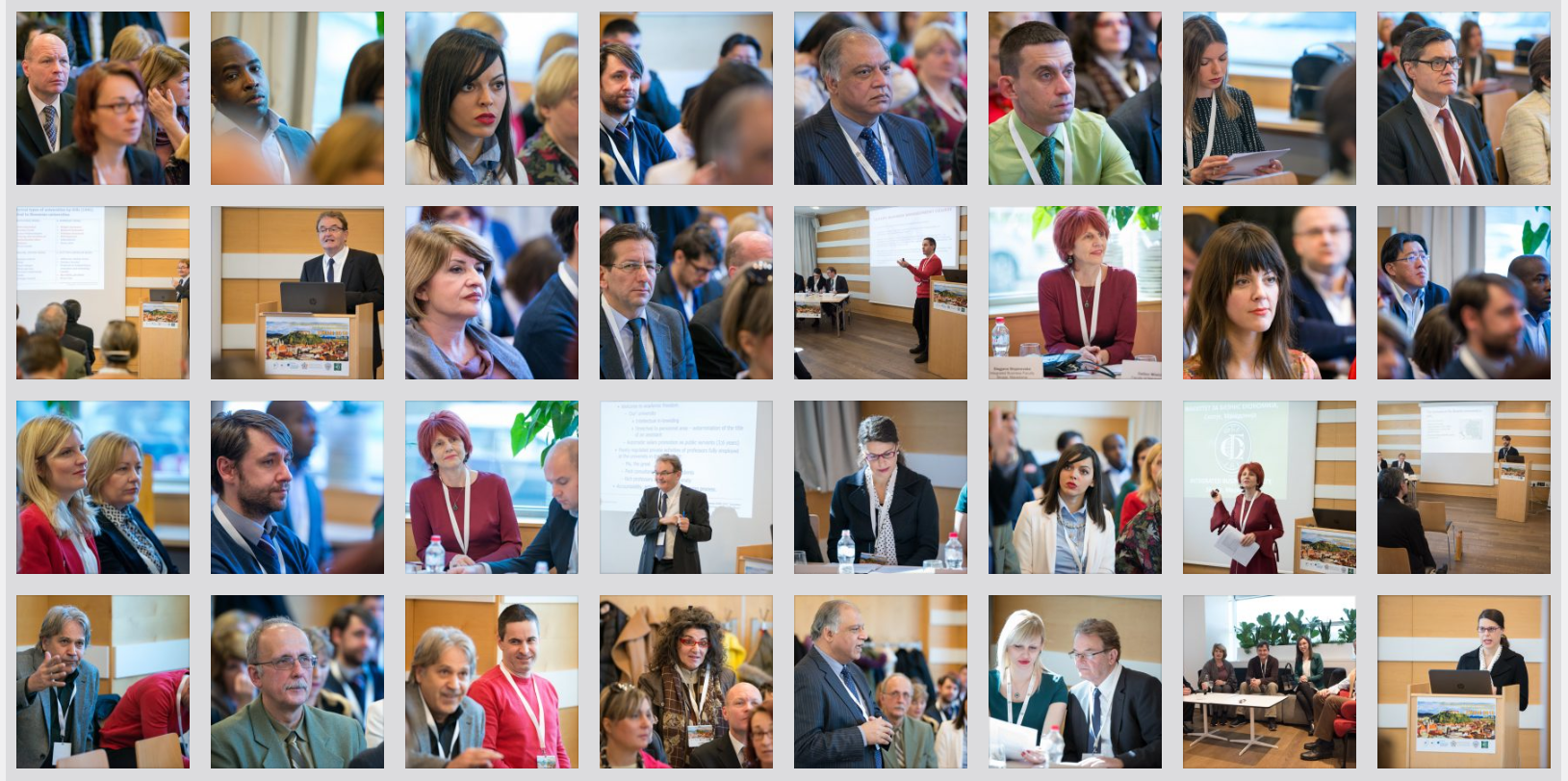Dorjan Marku – Fan S. Noli University, Agribusiness Department, Shëtitore Rilindasit, 7001, Korçe, Albania
Gjergji Mero – Fan S. Noli University, Agribusiness Department, Shëtitore Rilindasit, 7001, Korçe, Albania
Aldona Minga – Fan S. Noli University, Agribusiness Department, Shëtitore Rilindasit, 7001, Korçe, Albania
Keywords:
Circular economy;
Livestock production;
Food system
Abstract: The circular economy approach in the agri-food sector can lead to increased efficiency, food security, reduction of food loss and waste and offer opportunities for increasing the economic value. The study provides an overview of farmer’s knowledge and awareness of the concept of circularity and the level of implementation in Albania, aiming to assess the potential of a circular economy approach in livestock production. Through a combination of qualitative and quantitative research, farmer’s perceptions of the importance of specific circular practices were analyzed. The study highlighted the importance of circularity in optimizing resource utilization, reducing waste, and contributing to a regenerative and resilient food system. Besides, the results evidenced the need to address the lack of knowledge and education in sustainable agriculture.

Download full paper

8th International Scientific Conference – EMAN 2024 – Economics and Management: How to Cope With Disrupted Times, Rome, Italy, March 21, 2024, CONFERENCE PROCEEDINGS, published by: Association of Economists and Managers of the Balkans, Belgrade, Serbia; ISBN 978-86-80194-83-7, ISSN 2683-4510, DOI: https://doi.org/10.31410/EMAN.2024
Creative Commons Non Commercial CC BY-NC: This article is distributed under the terms of the Creative Commons Attribution-Non-Commercial 4.0 License (https://creativecommons.org/licenses/by-nc/4.0/) which permits non-commercial use, reproduction and distribution of the work without further permission.
REFERENCES
Ashish, S. N. K., & Amandeep., S. M. (2023). Embracing Sustainability: The Circular Economy Revolution in Livestock Farming. Vigyan Varta International E-Magazine for Science Enthusiasts 4(8): 189-192. E-ISSN: 2582-9467.
Dani, S. (2015). Food Supply Chain Management and Logistics: From Farm to Fork. United Kingdom/London. Kogan Page Ltd.
Duncan, A. J., Ayantunde, A., Blummel, M., Amole, T., Padmakumar, V., & Moran, D. (2023). Applying circular economy principles to intensification of livestock production in Sub-Saharan Africa. Outlook on Agriculture, 52(3), 327-338. https://doi.org/10.1177/00307270231199116
Elia, V., Gnoni, M. G., & Tornese, F. (2017). Measuring circular economy strategies through index methods: A critical analysis. Journal of Cleaner Production, 142, 2741-2751. https://doi.org/10.1016/j.jclepro.2016.10.196
European Commission. (n.d.). EDGAR – Food. EDGAR – Emissions Database for Global Atmospheric Research. Retrieved from https://edgar.jrc.ec.europa.eu/edgar_food
FAO. (2011). “Global Food Losses and Food Waste–Extent, Causes and Prevention. SAVE FOOD: An Initiative on Food Loss and Waste Reduction 9. Retrieved from https://www.fao.org/3/mb060e/mb060e00.html
FAO. (2018). Transforming food and agriculture to achieve the SDGs. 20 interconnected actions to guide decisionmakers. Rome, 2018. Retrieved from https://www.fao.org/3/I9900EN/i9900en.pdf
Hoogstra, A. G., Silvius, J., De Olde, E. M., Candel, J. J. L., Termeer, C. J. A. M., Van Ittersum, M. K., & De Boer, I. J. M. (2024). The transformative potential of circular agriculture initiatives in the North of the Netherlands. Agricultural Systems, Volume 214, 103833. https://doi.org/10.1016/j.agsy.2023.103833
INSTAT. (2023). Regional statistical yearbook. Albania. Retrieved from https://www.instat.gov.al/media/12878/regional-statistical-yearbook-2023.pdf
Kuisma, M., & Kahiluoto, H. (2017). Biotic resource loss beyond food waste: Agriculture leaks worst. Resources, Conservation, Recycling 124, 129-140. https://doi.org/10.1016/j. resconrec.2017.04.008
Leip, A., Billen, G., Garnier, J., Grizzetti, B., Lassaletta, L., Reis, S., Simpson, D., Sutton, M. A., De Vries, W., Weiss, F., & Westhoek, H. (2015). Impacts of European livestock production: Nitrogen, sulphur, phosphorus and greenhouse gas emissions, land-use, water eutrophication and biodiversity. Environmental Research Letters, 10(11), Article 115004. https://doi.org/10.1088/1748-9326/10/11/115004
Oltjen, J. W., & Beckett, J. L. (1996). Role of ruminant livestock in sustainable agricultural systems. Animal Science, 74(6), 1406–1409. https://doi.org/10.2527/1996.7461406x
Oosting, S., van der Lee, J., Verdegem, M., de Vries, M., Vernooij, A., Bonilla-Cedrez, C., & Kabir, K. (2022). Farmed animal production in tropical circular food systems. Food Security, 14(1), 273-292. https://doi.org/10.1007/s12571-021-01205-4
Picuno, P. (2016). Use of traditional material in farm buildings for a sustainable rural environment. International Journal of Sustainable Built Environment, 5(2): 451-460. https://doi.org/10.1016/j.ijsbe.2016.05.005
Rockström, J., Steffen, W., Noone, K., Persson, A., Stuart, F., Chapin III., Lambin, E., Timothy Lenton, M.T., Scheffer, M., Folke, C., Schellnhuber, H.J., Nykvist, B., De Wit, C.A., Hughes, T., Van der Leeuw, S., Rodhe, H., Sörlin, S., Snyder, P.K., Costanza, R., Svedin, U., Falkenmark, M., Karlberg, L., Corell, R.W., Fabry, V.J., Hansen, J., Walker, B., Liverman, D., Richardson, K., Crutzen, P., Foley, J. (2009). Planetary boundaries: exploring the safe operating space for humanity. Ecology and Society, 14(2): 32. Retrieved from http:// www.ecologyandsociety.org/vol14/iss2/art32/
Silvius, J., Hoogstra, A. G., Candel, J. J. L., De Olde, E. M., De Boer, I. J. M., & Termeer, C. J. A. M. (2023). Determining the transformative potential of circular agriculture initiatives. Ambio, 52(12):1968-1980. https://doi.org/10.1007/s13280-023-01894-5
Stegmann, P., Londo, M., & Junginger, M. (2020). The circular bioeconomy: Its elements and role in European bioeconomy clusters. Resources, Conservation, Recycling: X. 6, 100029. https://doi.org/10.1016/j.rcrx.2019.100029
Van Buren, N., Demmers, M., Van der Heijden, R., & Witlox, F. (2016). Towards a Circular Economy: The Role of Dutch Logistics Industries and Governments. Sustainability, 8(7):647. https://doi.org/10.3390/su8070647
Van Zanten, H. H. E., Van Ittersum, M. K., & De Boer, I. J. M. (2019). The role of farm animals in a circular food system. Global Food Security, 21, 18-22. https://doi.org/10.1016/j.gfs.2019.06.003

